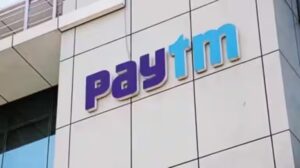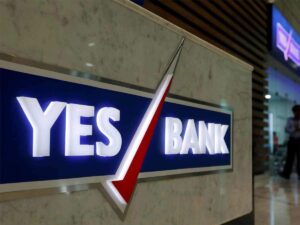In recent times, Tata Consultancy Services (TCS), India’s leading IT services and consulting company, has made headlines with its announcement of a share buyback. This strategic financial move has garnered significant attention in the financial markets, prompting investors and analysts alike to delve deeper into its implications. This article aims to provide a detailed analysis of the TCS share buyback, covering various aspects such as the rationale behind the decision, the mechanics of the buyback, its impact on shareholders, and the broader market context.
India’s largest software services exporter has offered to buyback 4.1 crore shares or 1.12% of equity at Rs 4,150, which is at 18.5% of the current Market Price. The buyback is open till December 7, while bids will be settled by December 14.
For small scale retail investors buyback ratio is 7:1

Tata Consultancy Services, a flagship company of the Tata Group, has consistently been a frontrunner in the Indian IT industry. Established in 1968, TCS has expanded its global footprint and emerged as a key player in the international IT services market. The decision to undertake a share buyback reflects the company’s commitment to enhancing shareholder value and optimizing its capital structure.
A. Capital Allocation Strategy:
TCS’s decision to initiate a share buyback is rooted in its capital allocation strategy. By repurchasing its own shares from the market, the company aims to return surplus cash to shareholders. This move signals confidence in the company’s financial health and prospects, as it indicates that TCS views its own shares as undervalued.
B. Earnings Per Share (EPS) Enhancement:
Share buybacks often lead to an increase in earnings per share. As the number of outstanding shares decreases, the company’s earnings are distributed among a smaller shareholder base, resulting in higher EPS. This, in turn, can make the company’s shares more attractive to investors.
A. Offer Details:
TCS has outlined the terms of the share buyback, including the number of shares to be repurchased, the buyback price, and the overall financial commitment. These details are crucial for existing shareholders to evaluate the potential impact on their investment portfolio.
B. Tender Offer Process:
The share buyback process typically involves a tender offer, where shareholders have the option to sell a portion of their shares back to the company at the specified buyback price. This gives shareholders the flexibility to participate in the buyback based on their investment goals.
Impact on Shareholders
A. Returns for Participating Shareholders:
Shareholders who choose to participate in the buyback stand to gain a premium over the prevailing market price. The difference between the buyback price and the market price at the time of the offer presents an opportunity for participating shareholders to realize a capital gain.
B. Remaining Shareholders:
For shareholders who opt not to participate in the share buyback, there may be indirect benefits. The reduction in the number of outstanding shares could contribute to an upward pressure on the stock price, potentially leading to capital appreciation for those retaining their shares.
A. Industry-wide Buyback Trends:
The TCS share buyback is taking place against the backdrop of a broader trend in the IT industry, where companies are increasingly returning excess cash to shareholders through buybacks. Understanding industry dynamics and peer company actions provides valuable context for evaluating the significance of TCS’s move.
B. Market Reaction and Analyst Sentiment:
The announcement of a share buyback can influence market sentiment and analyst recommendations. Tracking these reactions provides insights into how investors and experts perceive the company’s financial health and growth prospects.
TCS’s decision to undertake a share buyback is a strategic move aimed at optimizing its capital structure and enhancing shareholder value. As the buyback progresses, investors and analysts will closely monitor the outcomes and implications for the company’s stock performance. The broader market context and industry trends add depth to the analysis, enabling stakeholders to make informed decisions in the dynamic landscape of the Indian IT sector.



